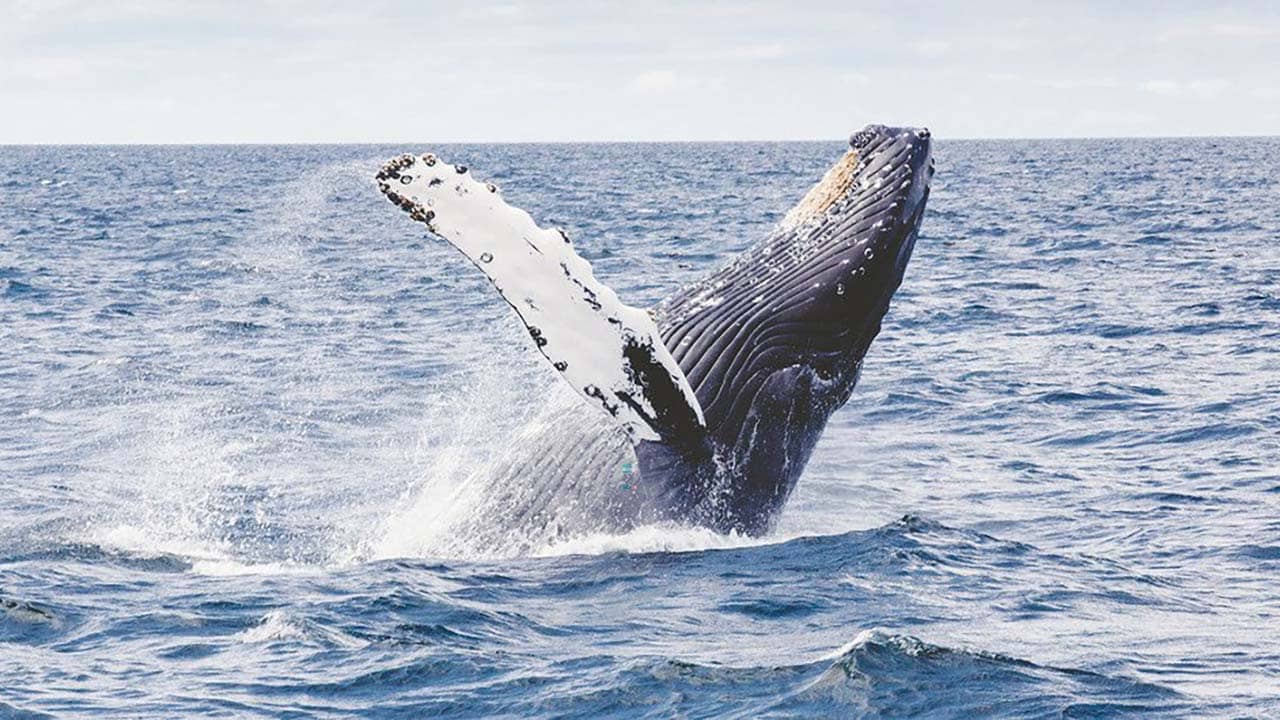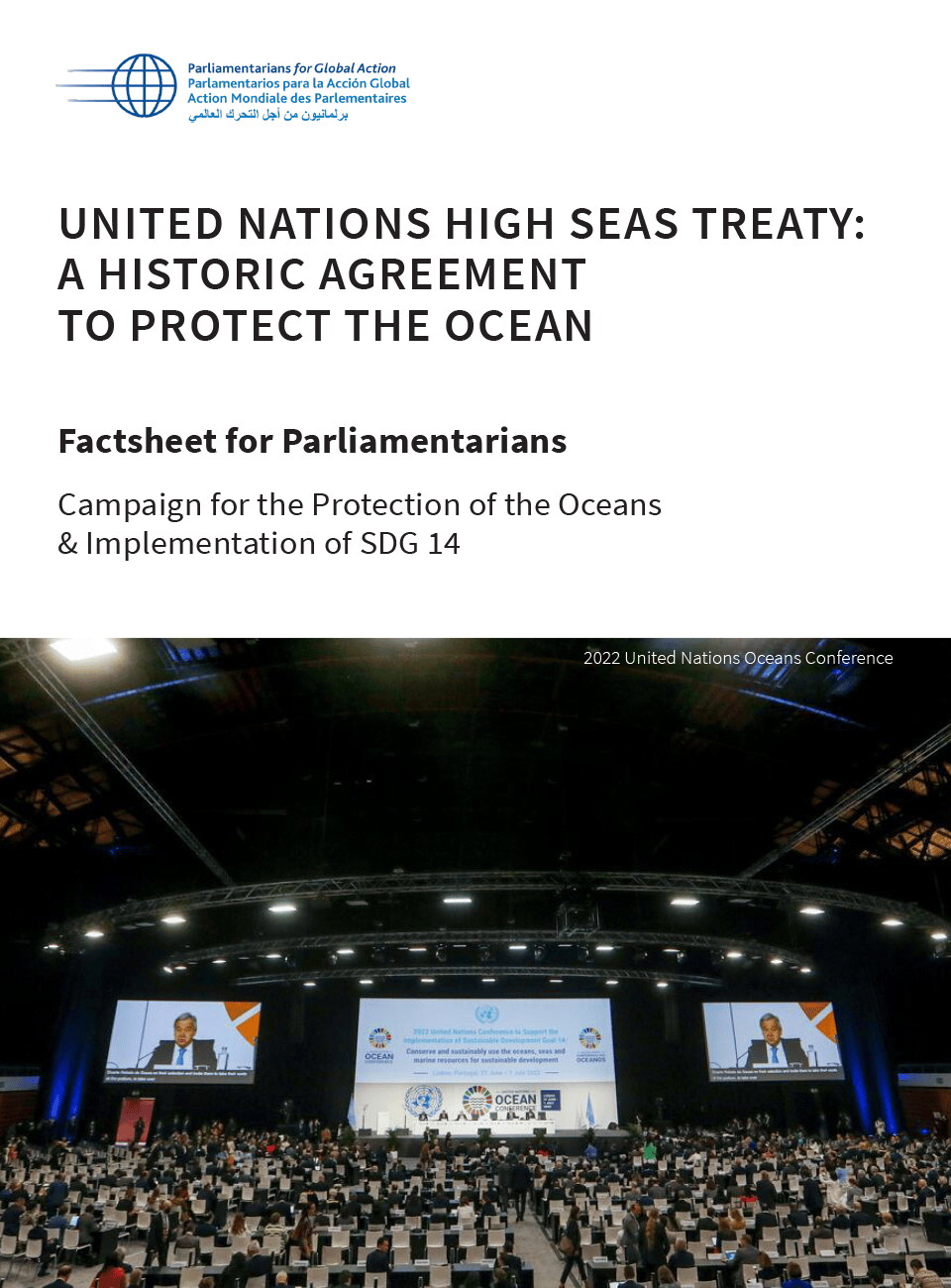
On 4 March, 2023, UN member states finalized the text of the High Seas Treaty, marking a historic milestone in ocean protection for all people of present and future generations. The High Seas Treaty provides a legal framework to ensure conservation and sustainable use of and access to marine genetic resources. Nearly two decades after initial discussions began at the UN in 2004, the High Seas Treaty is a momentous opportunity for this common heritage of humankind.
The High Seas, also referred to as international waters, begin 200 nautical miles from shorelines and belongs to all people. The High Seas alone cover 43 percent of Earth’s surface and with its rich biodiversity, sustains life on the Earth. Currently, only about 1 percent of the High Seas are protected.
PGA congratulates all those involved in reaching this historic agreement. Since 2019, through PGA’s Oceans Campaign Project to Protect the High Seas, member-parliamentarians have committed to working towards the development of a treaty to protect the High Seas, reinforcing their commitment in the 2019 Praia Plan of Action and 2021 Belmopan Plan of Action.
The High Seas Treaty, to be formally adopted at a later date, will reinforce both the 2030 Agenda for Sustainable Development and the Kunming-Montreal Global Biodiversity Framework, which includes a commitment to protect and conserve at least 30 percent of our planet’s land and ocean areas by 2030. The Treaty will establish the framework for the creation of marine protected areas on the high seas and guide decision-makers on how to assess the environmental impacts of human activities in these areas. Learn more about PGA’s project with the Blue Nature Alliance to protect 30 percent of the ocean by 2030 through Marine Protected Areas here.
The health of our ocean is inherently linked to the health of our planet and therefore the human right to a clean, healthy and sustainable environment. PGA urges stakeholders to continue the momentum of this landmark agreement into urgent and effective implementation to protect this common heritage of humankind and secure related human rights for present and future generations.
Publication

Fiche d’information à l’intention des parlementaires : Le Traité De La Haute Mer : Un Accord Historique Pour Protéger L’Océan
La haute mer, également appelée eaux internationales, commence à 200 milles nautiques des côtes et appartient à tous les peuples en tant que patrimoine commun de l’humanité.
Description
La haute mer, également appelée eaux internationales, commence à 200 milles nautiques des côtes et appartient à tous les peuples en tant que patrimoine commun de l’humanité. Ces zones ne sont pas incluses dans les zones économiques exclusives, la mer territoriale, les eaux intérieures ou les eaux archipélagiques d’un État.
Couvrant 43 % de la surface de la Terre et abritant une biodiversité riche et vitale, la haute mer, qui appartient à tous les peuples, est une zone située au-delà de la juridiction nationale (ZJN) et n’a donc pas fait l’objet d’une gestion ou d’une protection spécifique. Moins de 1 % de la haute mer est entièrement ou fortement protégée.
La nécessité urgente de protéger la haute mer est, en fait, la nécessité de protéger le droit humain de tous les peuples à un environnement sûr, sain et durable, parmi d’autres droits de l’homme associés.
PDF(s)
Additional Details
- Type de publication: Factsheet
- Date de publication: 2023
- Auteur.e.s: Parliamentarians for Global Action
